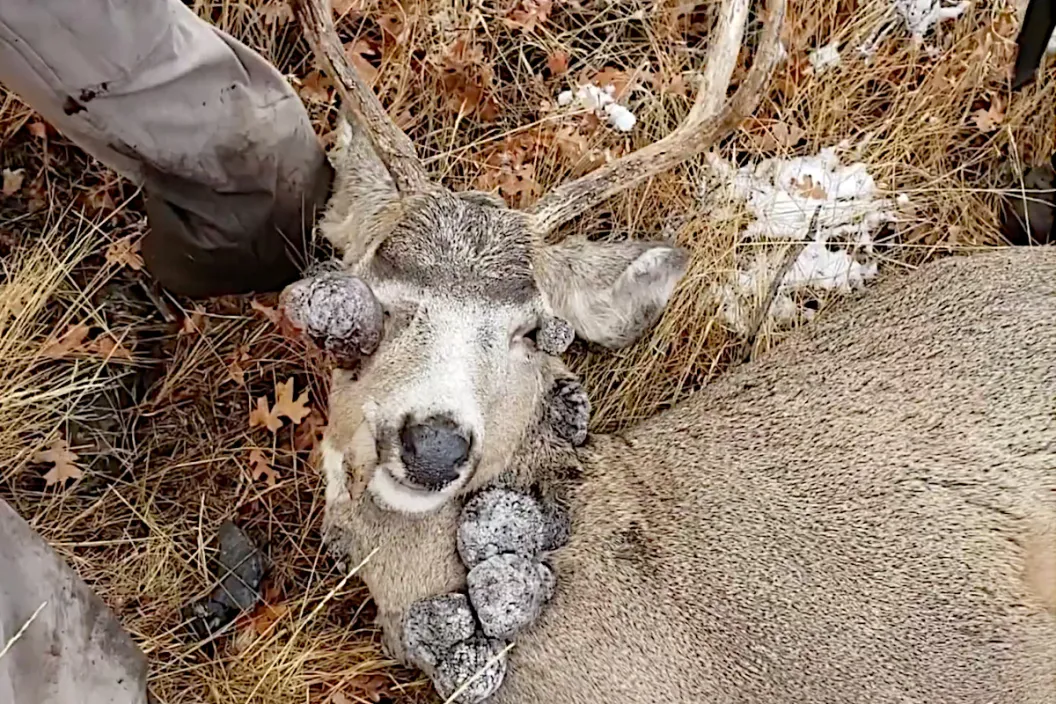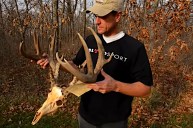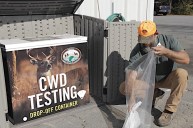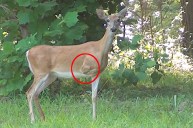Almost every year, a handful of hunters make the viral rounds on social media with their harvests not because they shot a big buck but because the deer they just harvested has a severe case of wart-like growths, also known as cutaneous fibromas, deer fibromas or fibromatosis, covering its body. This is one of the more disgusting diseases affecting deer out there, and it often leaves the hunter scratching their head about what they should do next with the animal, especially venison. Deer warts or tumors can infect mule and white-tailed deer, although they seem more common with the latter than the former. Biologists have identified the leading causes of the condition in wild deer.
This is one of the rarer wildlife diseases out there, and your odds of crossing paths with an infected deer are probably very slim. Perhaps even more so than harvesting the buck of a lifetime. Still, it pays to know a little more about the condition. If only so you can make an informed decision about harvesting an animal suffering from them, or if you discover your deer has them after it's already on the ground. While this may be nature at her most disgusting, there's also something oddly fascinating about this condition.
What is the Cause?
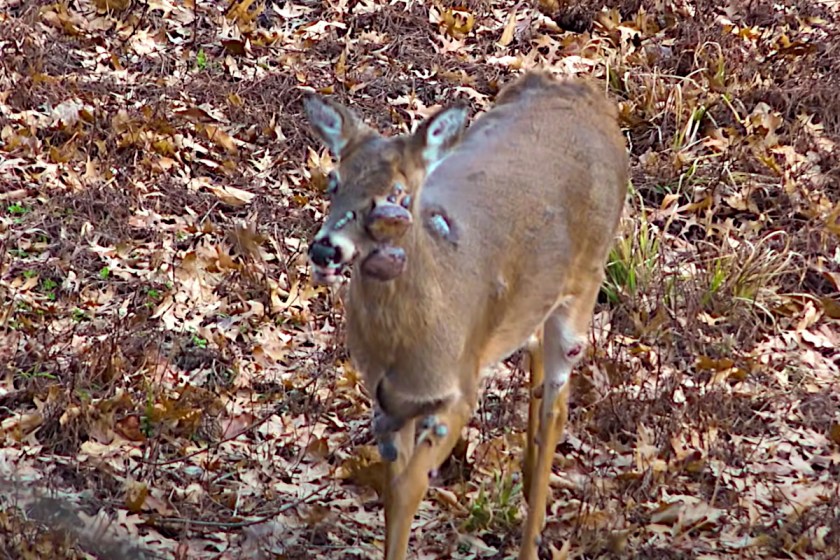
YouTube: Tim Wells Bowhunter
The single most common cause of deer warts seems to be papillomavirus, which causes a condition known to biologists as cutaneous fibromas. The Mississippi Wildlife, Fisheries and Parks Department notes the condition is also sometimes called Shope's fibroma after the biologist who first identified the disease, R.R. Shope. Regardless of what you call it, whitetail and mule deer infected with the disease are usually evident because they are covered with gross, hairless tumors jutting from the skin above the deer's hair. The size of these warty growths and their number seems to vary depending on the animal.
Some deer display only a few smaller growths one to two inches across. Other animals might have their entire face covered to the point that tumors interfere with their ability to see or eat.
Other growths sometimes appear on deer that take on a tumor-like appearance. The National Deer Association notes a "Bullwinkle" condition caused by a bacterial infection that causes severe inflammation of a deer's nose and jaw. Then there are food impactions, which cause huge lumps on the sides of a deer's face. These are caused by a parasitic worm that affects the deer's chewing. They cannot properly break down their food, and it accumulates in a big wad in the back of their jaw.
Finally, there are hydrocysts caused by fluid filling an area after an injury, and abscesses are caused by a condition known as Caseous Lymphadenitis (CL), caused by bacterial infections or insect bites. While some diseases like CL can be spread to humans or domestic animals, other conditions like cutaneous fibromas cannot.
Are Deer Warts Fatal to the Animal?
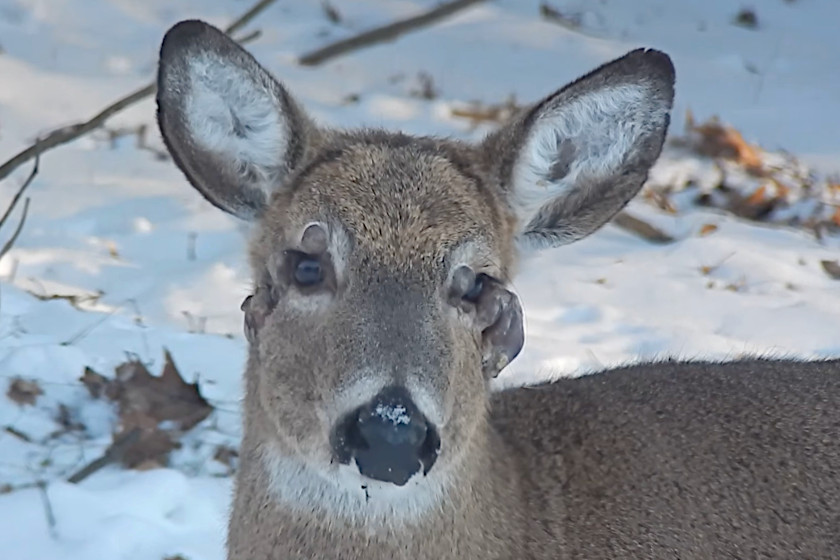
YouTube: ChannelJAL
While fibromatosis is one of the more disgusting diseases plaguing deer populations, biologists have determined that these warts are usually harmless to the animal unless they grow heavily near the eyes and nose. More severe cases can impact the animal's ability to breathe. There is no known treatment for the condition. However, biologists have found the disease will usually clear itself up within a couple of months, allowing the deer to go on and live an everyday life after that.
The Michigan DNR notes that it is possible that deer exposed once to the disease likely develop an immunity to it that prevents them from getting it again later. In most cases, warts dry up and eventually disappear. That's one bit of good news. Deer herds already have enough issues from predators and deadly diseases like EHD and CWD to worry about.
Is It Safe to Harvest a Deer That Has Warts?
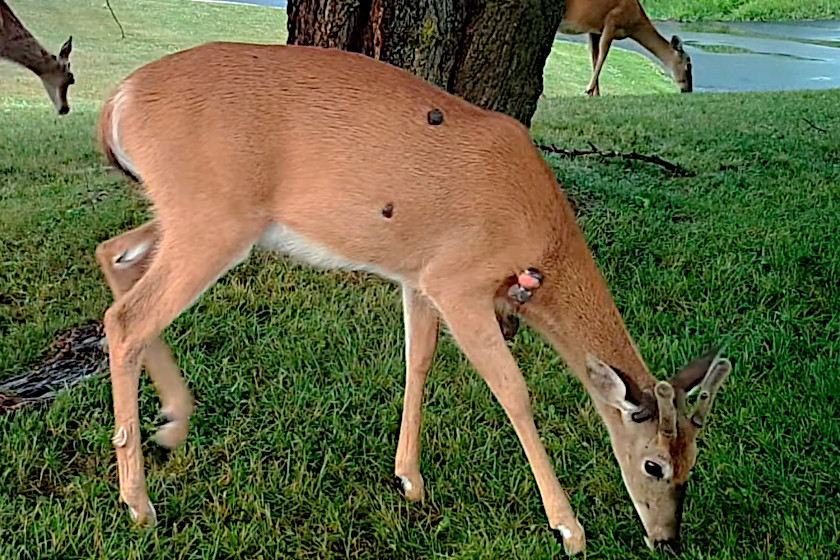
YouTube: Jeff McCaskey
Most biologists and state wildlife agencies agree that the presence of cutaneous fibromas has no effect on the quality of venison. The condition cannot be spread to people, and most have deemed these deer fit for human consumption. So, you should cut the deer up and process it as usual. Warts are only skin deep, and most find the meat unaffected under the animal's hide. That said, it's understandable that many hunters choose not to eat meat from an animal infected with this disease. Just the appearance of these deer is enough to make anyone lose their appetite.
As we've already mentioned, extra caution may be warranted with a deer with food impaction, abscess, caseous lymphadenitis, or other secondary bacterial infection. Whatever problems you might find, we highly recommend taking your harvested animal to be inspected by a biologist or wildlife resources officer if you suspect the animal has any of these conditions. A professional opinion as to the quality of the meat never hurts anyone. Plus, it gives a chance for biologists to take samples they can study further to learn more about these strange afflictions.
For more outdoor content from Travis Smola, follow him on Twitter and Instagram. Check out his Geocaching and Outdoors with Travis YouTube channels for original videos.
